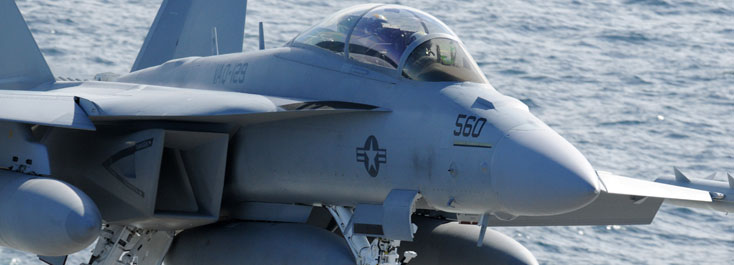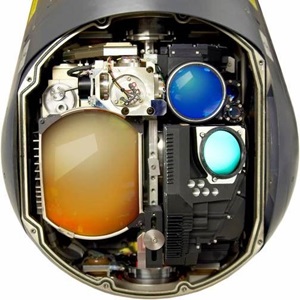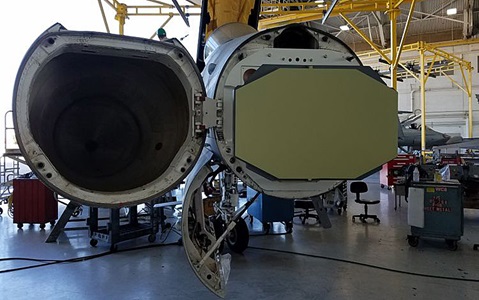F/A-18 E/F Super Hornet
The U.S. Navy's most advanced frontline carrier-based, multi-role strike fighter available today.
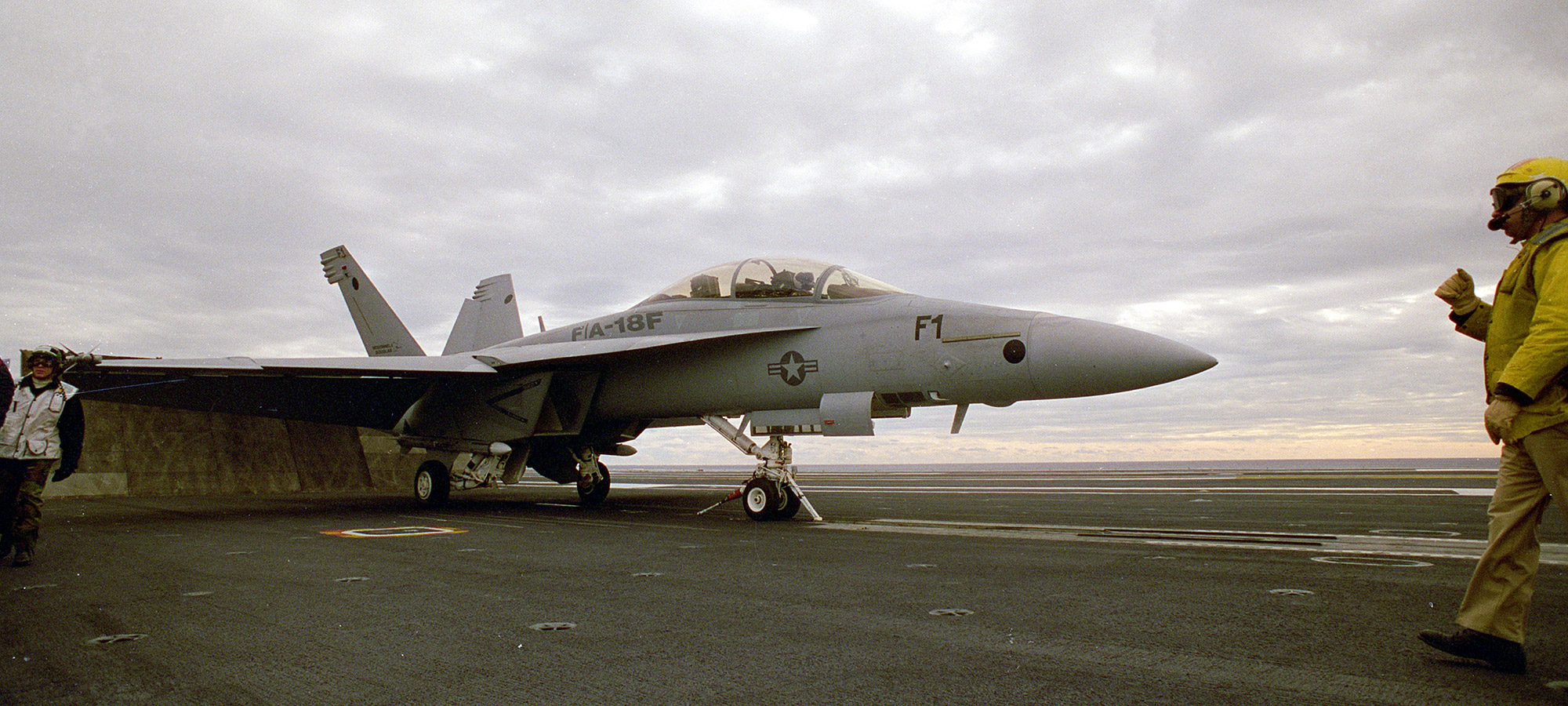
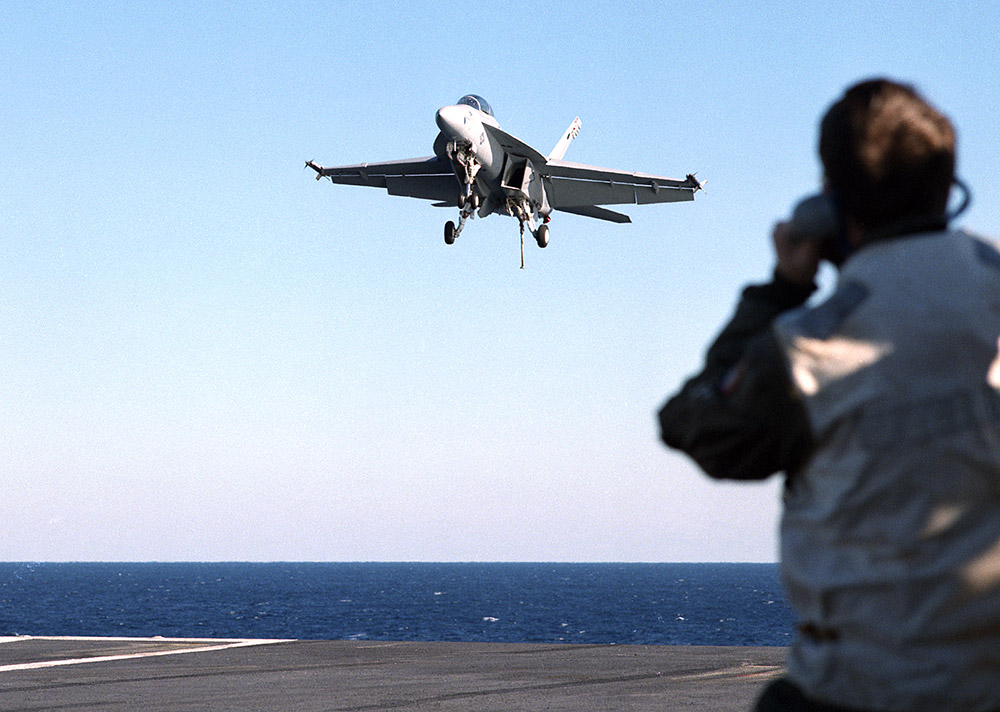
Program Overview
Northrop Grumman has a principal role in the design and production of the F/A-18 E/F Super Hornet Block II, the U.S. Navy's frontline carrier-based strike fighter. The most advanced multi-role strike fighter available today and for the foreseeable future, the Super Hornet has the capability, flexibility and performance necessary to modernize the air or naval aviation forces of any country.
As principal subcontractor to The Boeing Company, Northrop Grumman produces the F/A-18's aft/center fuselage section and vertical tails and integrates all associated subsystems at its facility in El Segundo, Calif. Northrop Grumman has delivered more than 1,800 fuselage "shipsets" since the F/A-18 program began in the 1970s.
The first A/B Hornet model entered service with the Navy in 1983. The A/B evolved into the C/D Hornet in the 1980s and now the Super Hornet. This aircraft will remain the backbone of U.S. naval aviation strike warfare well into the 21st century. F/A-18's are also operated by the air forces of Australia, Canada, Finland, Kuwait, Malaysia, Spain and Switzerland. The Super Hornet was introduced into the U.S. Navy fleet in 2000. In May 2007, the Commonwealth of Australia signed a Letter of Offer and Acceptance to buy 24 F/A-18F Super Hornets, becoming the first international Super Hornet customer.

Two Super Hornet versions—the single-seat E model and the two-seat F model—are in production today and in service with the U.S. Navy. Both are true multi-role aircraft, able to perform virtually every mission in the tactical spectrum, including air superiority, day/night strike with precision-guided weapons, fighter escort, close air support, suppression of enemy air defenses, maritime strike, reconnaissance, forward air control and tanker missions.
A comprehensive spiral development design concept — including the addition of the APG-79 active electronically scanned array (AESA) radar — offers continuously improving overall mission capability and supportability. Other recently incorporated upgrades include an advanced targeting forward looking infrared (ATFLIR), joint-helmet mounted cueing system (JHMCS), multifunctional information distribution system (MIDS), and an advanced aft crew station.
The Super Hornet builds on the F/A-18's reputation as the Navy's safest and most reliable tactical carrier aircraft, and the Navy has recognized it as a model acquisition program. Since inception, the program has remained on time, on weight and on cost.
The Navy and the Super Hornet industry team won the National Aeronautic Association's 1999 Collier Award for designing, manufacturing, testing and introducing into service "the most capable and survivable carrier-based combat aircraft."
